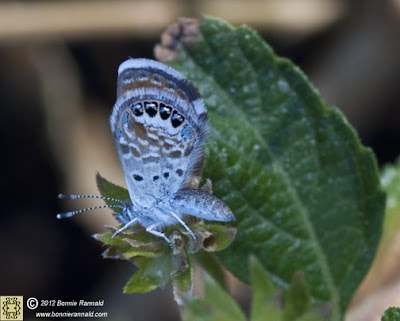Creepy Crawlers for Halloween
With Halloween being just a few days away, I decided to dedicate this blog post
to the creepy crawlers who have been playing trick or treat in my back yard. In
the Southwestern U.S. during August through September male tarantulas come out
and begin their journey to find a suitable mate.
This movement of large hairy brown spiders is called the Tarantula Migration, however tarantulas do not migrate. Most of their lives are spent underground in a burrow that they dig and reinforce with webbing.
Tarantulas are nocturnal and most of the time will go unnoticed because they come out at night to search for their prey of insects and small animals. For the last two years, a female has set up residence under the decorative rocks by my patio.
Even though I am terribly afraid of spiders, we have a peaceful co-existence. It's just when I walk outside and almost step on a five inch (12.7 cm) amorous male that my heart comes through my chest!
The smaller males have been known to travel around 50 miles (80.46 km) in their quest for courtship and many will die either from being eater by the female or from sheer exhaustion. Female tarantulas have been known to live for 20 years.
So as my natural Halloween decorations are moving right along, I wish you a safe and happy Halloween!
What
an exciting and interesting photo-adventure this day has been. I love
it when I am drawn to an area and not knowing what to expect I get
treated to new experiences.
Sign up and follow my blog to see where my next photo-adventure will be!
Photography places me in the moment where I can share that moment in time. It becomes a life story as represented by my interaction with the scene. The happiness and beauty or the sorrow and strife; how I focus leaves a lasting impression that might touch the viewer on a spiritual level.
"Reflecting Nature's Artistry"
No images on this blog are within Public Domain or are available for free download.
All rights reserved, world-wide and images protected by Digital
Millennium Copyright Act (DMCA). All photography, graphics, text,
design, and content is copyrighted by Bonnie Rannald and should not be
copied, down-loaded, transferred and re-created in any way without the
express consent, in writing to Bonnie Rannald.
For information on Bonnie Rannald licensed, right-managed images, please
submit a written request.






























